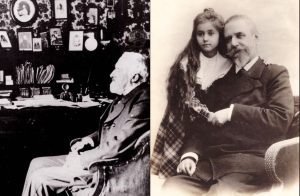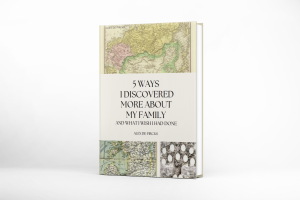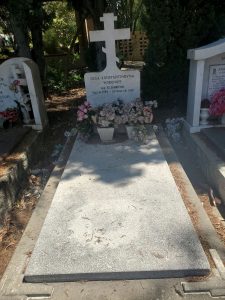The early years of the 20th century seem to have promoted conflict in a number of countries, especially in Europe. As I’m typing this, I am travelling on a train from Belfast to Dublin, having spent a couple of interesting days in what is still a walled city.
My first impression of Belfast, at the airport, was confusion as a rather large poster advised me the city was “marking the 400th anniversary of the completion of the walls”. I wondered why something which divided a city and its people would be celebrated. I took two tours through West and East Belfast – both with a political bent – and I’m still bemused. I leave Belfast with no answers, but I have been struck by the similarities, as well as the differences, between the ethnic Irish and Latvian peoples.
In the 12th and 13th centuries, Catholic German traders and crusaders began to settle in what we now call the Baltic States – Latvia, Estonia and Lithuania. My father’s family was one of these. After the 13th century’s Livonian crusade, the German people had taken control of the government and the lives of the ethnic people. For 700 years my family and the other Baltic Germans lived on their estates throughout Latvia. They considered it their home.
The Latvian War of Independence, which greatly affected my father’s family, began at the end of 1918 as a result of the attempted Soviet invasion of the Republic of Latvia. This was a newly constructed state and followed a number of military conflicts and included the attempted domination of the Germans over the ethnic Latvians. The end result was that the Baltic Germans, including my father’s family, fled what they considered to be their homeland, most of them never to return.
I know much less about Irish history, but I believe that the first time the English attempted to conquer Ireland was during the Norman invasion of 1169. They became less and less influential throughout the country until the Tudor conquest in 1534. Since that time English people have settled throughout Ireland. I’m sure those families also consider it their home.
The Easter Rising in 1916 eventually led to the Irish War of Independence or Anglo-Irish War, which was fought as a guerrilla war, starting from the beginning of 1919 and ending with a truce on 11 July 1921. The war was fought between the Irish Republican Army, who wanted an end to British rule, and the British forces. In May 1921 Ireland was partitioned, which saw the birth of Northern Ireland. In 1922 Southern Ireland won independence, leaving only the six counties of Northern Ireland under British control.
The truce was merely a stalemate. There was ongoing conflict and, in the late 1960s, The Troubles began. Although mainly a political and nationalistic conflict, in broad strokes it can also be called a religious one, as most Unionists are Protestant and most Nationalists are Catholic. It was vicious and bloody on both sides and, although a ceasefire and peace were declared in 1998, I feel it is fragile.
The similarities of the two (or three – depending on your view) countries end there. Today Latvia is an independent country. Northern Ireland, on the other hand, remains divided. There is a physical wall in Belfast and, at least for my generation, the memory of The Troubles is still vivid. There are people on both sides who are trying to promote integration, the tours I went on are evidence of that. Perhaps future generations will be able to heal the divide and forge some sort of integration between the two sides.
I’m inclined to take the advice of one of my tour guides who said, “don’t try to make logic out of the situation or the history, because there’s nothing logical about it.”




